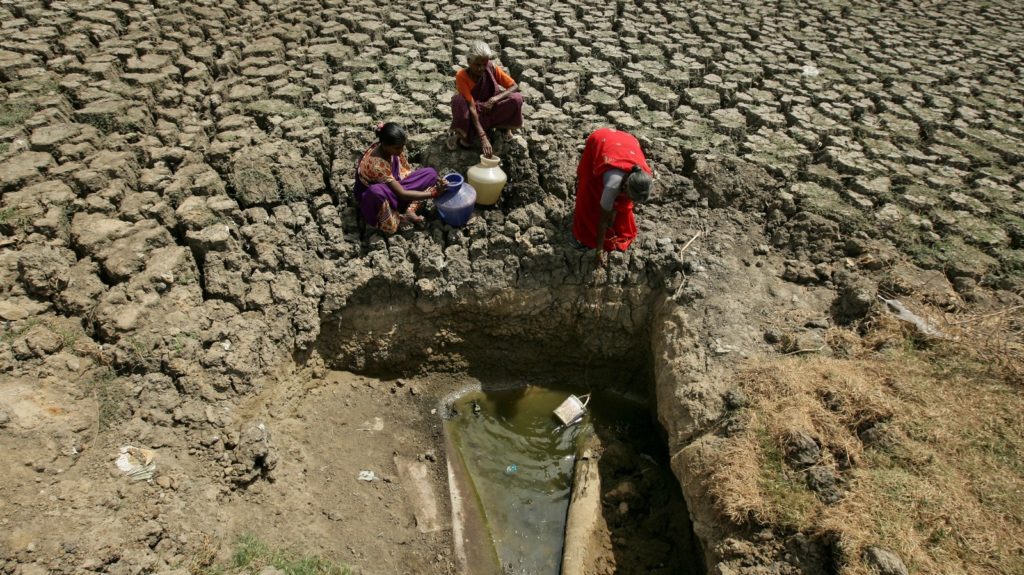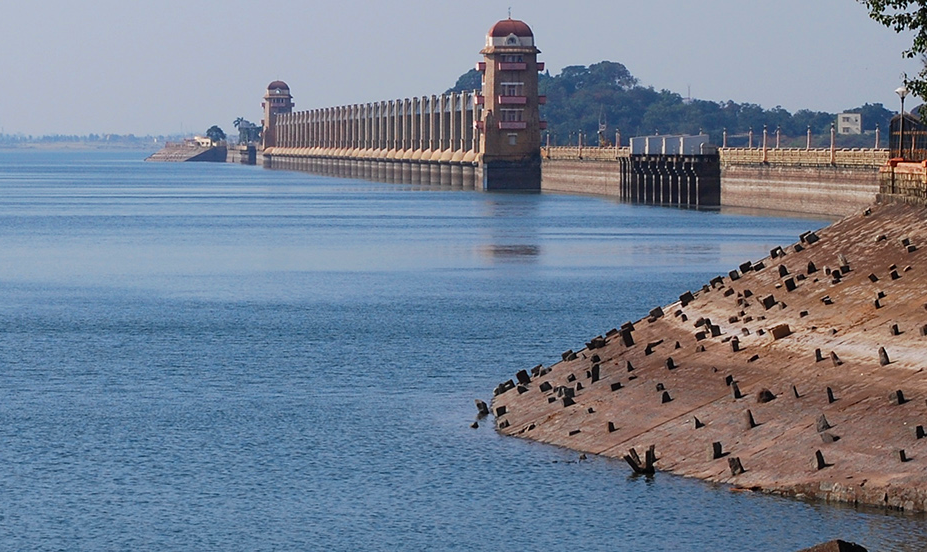
India, with its vast and diverse geography, experiences significant variations in water availability throughout the year. The country is home to a monsoon season that typically spans from June to September, delivering the majority of its annual rainfall. However, this seasonal deluge often results in flooding in some regions while leaving others in dire need of water during the dry months. To address these challenges, innovative water storage solutions are vital in managing resources effectively and ensuring sustainable access to water year-round.
The Importance of Water Storage
Water storage serves as a critical strategy for mitigating the effects of seasonal scarcity. By capturing and retaining rainwater during the monsoon season, communities can ensure that they have access to water during the dry months. This not only enhances water security but also supports agricultural productivity, which is essential for India’s economy, particularly in rural areas where agriculture remains a primary livelihood.
Traditional Methods of Water Storage
Historically, various traditional methods have been employed across India to store water. These include:
Tanks and Reservoirs: Many regions have constructed surface water tanks that collect rainwater. These reservoirs are vital for local ecosystems and agricultural irrigation.
Stepwells: Particularly in arid regions, stepwells provide a unique solution for accessing groundwater. They consist of deep wells with steps leading down to the water level, allowing people to retrieve water even during dry spells.
Check Dams: Small barriers built across streams or rivers help slow water flow, allowing for sediment deposition and increasing groundwater recharge.
While these methods have served communities well, they often require significant maintenance and may not be sufficient to meet growing demands.

Modern Water Storage Innovations
As urbanization and climate change intensify water scarcity, modern technologies and strategies are emerging to enhance water storage solutions in India:
Rainwater Harvesting Systems: This method involves capturing rainwater from rooftops and directing it to storage tanks. With minimal investment, households can significantly reduce dependence on municipal water supplies.
Underground Water Storage: Techniques such as recharge wells and borewell recharge can help enhance groundwater levels. By channeling rainwater directly into underground aquifers, communities can sustain water supplies during dry periods.
Desalination Plants: Although primarily focused on coastal regions, desalination technology can provide additional water sources. As freshwater resources dwindle, turning to seawater can be a viable alternative, particularly for urban areas.
Smart Water Management Systems: Utilizing IoT and AI technologies, smart water management can optimize water distribution and storage. Sensors can monitor water levels in real time, allowing for efficient usage and reducing wastage.
Challenges in Implementation
Despite the promising potential of these solutions, several challenges hinder their widespread adoption:
Cost: Many advanced technologies require substantial investment. Financial support from government and private sectors is crucial for enabling widespread implementation.
Awareness and Education: Communities must be educated about the benefits and methods of water storage. Initiatives that raise awareness can help garner support for local projects.
Maintenance: Sustainable systems require regular maintenance. Establishing local governance structures to oversee these systems can ensure their longevity.
Conclusion
As India grapples with the dual challenges of water scarcity and increasing demand, innovative water storage solutions stand out as a beacon of hope. By blending traditional methods with modern technology, the country can better manage its water resources, ensuring access for all citizens year-round. Emphasizing community engagement, government support, and sustainable practices will be key to overcoming seasonal water challenges, ultimately leading to a more resilient and water-secure future.


